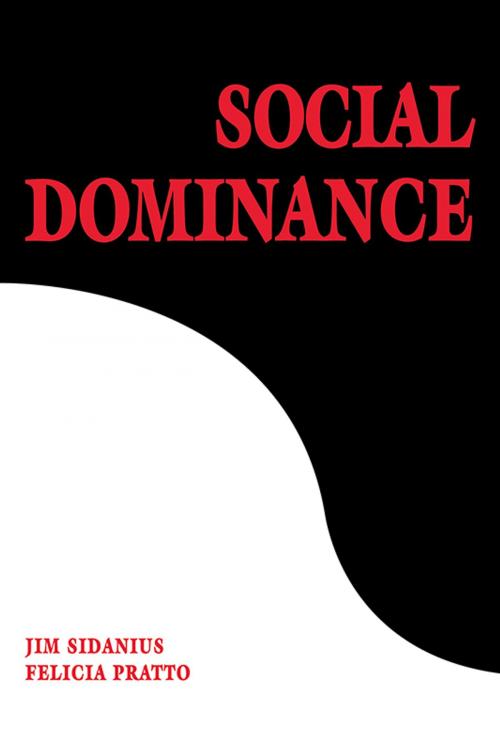Social Dominance
An Intergroup Theory of Social Hierarchy and Oppression
Nonfiction, Health & Well Being, Psychology, Social Psychology| Author: | Jim Sidanius, Felicia Pratto | ISBN: | 9781107385320 |
| Publisher: | Cambridge University Press | Publication: | February 12, 2001 |
| Imprint: | Cambridge University Press | Language: | English |
| Author: | Jim Sidanius, Felicia Pratto |
| ISBN: | 9781107385320 |
| Publisher: | Cambridge University Press |
| Publication: | February 12, 2001 |
| Imprint: | Cambridge University Press |
| Language: | English |
This volume focuses on two questions: why do people from one social group oppress and discriminate against people from other groups? and why is this oppression so mind numbingly difficult to eliminate? The answers to these questions are framed using the conceptual framework of social dominance theory. Social dominance theory argues that the major forms of intergroup conflict, such as racism, classism and patriarchy, are all basically derived from the basic human predisposition to form and maintain hierarchical and group-based systems of social organization. In essence, social dominance theory presumes that, beneath major and sometimes profound difference between different human societies, there is also a basic grammar of social power shared by all societies in common. We use social dominance theory in an attempt to identify the elements of this grammar and to understand how these elements interact and reinforce each other to produce and maintain group-based social hierarchy.
This volume focuses on two questions: why do people from one social group oppress and discriminate against people from other groups? and why is this oppression so mind numbingly difficult to eliminate? The answers to these questions are framed using the conceptual framework of social dominance theory. Social dominance theory argues that the major forms of intergroup conflict, such as racism, classism and patriarchy, are all basically derived from the basic human predisposition to form and maintain hierarchical and group-based systems of social organization. In essence, social dominance theory presumes that, beneath major and sometimes profound difference between different human societies, there is also a basic grammar of social power shared by all societies in common. We use social dominance theory in an attempt to identify the elements of this grammar and to understand how these elements interact and reinforce each other to produce and maintain group-based social hierarchy.















